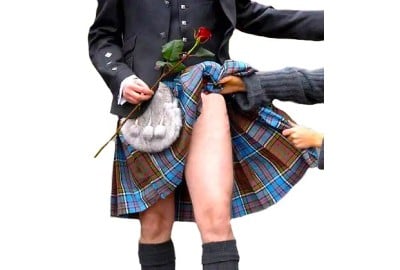The Timeless Question: “What does a Scotsman wear under his kilt?”
It’s been joked about and debated in pubs for years. Let’s walk through what the evidence says—no myths, just the honest truth—and give you a few pointers.
What Do Scotsmen Say They Wear Under The Kilt?
Back in 2016, Scottish news outlet YouGov polled Scots to find out what men actually wear under their kilts. Among those who reported having worn a kilt:
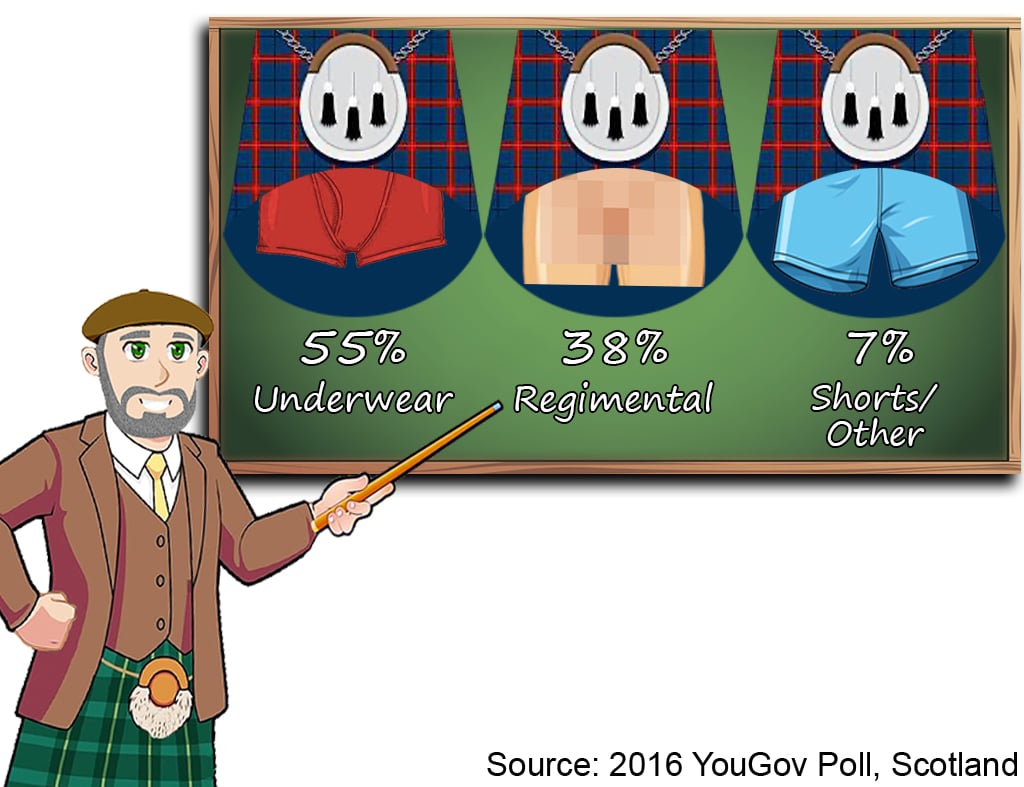
-
55% said they usually wear underwear (boxers, briefs, etc.).
-
38% said they wear nothing at all—the so-called “regimental” style.
-
The remaining 7% reported wearing shorts, tights, or something else.
The survey also found interesting patterns by age: younger (18–24) and older (65+) Scots were far less likely to “go regimental” than those between 25–64.
And there was a political dimension: men who had voted Yes in the 2014 Referendum were more likely to report wearing no underwear (about 45%) than those who voted No (about 32%).
So where does this leave us? Well, clearly it implies that you can do whatever you want, but you knew that. It also shows that the choice of undergarments may be just as much an emotional decision as a practical one.
Let’s dig into what Regimental really means, where it came from, and whether or not it is the right way for YOU to wear the kilt.
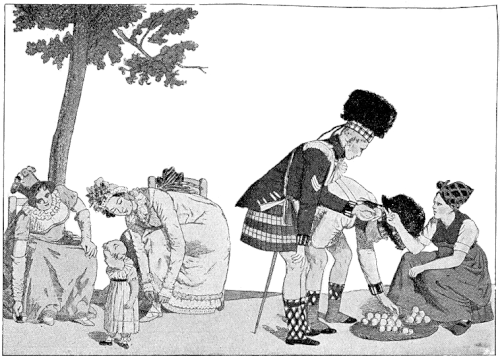
What Is Regimental Style? Is It A Real Tradition?
As the name implies, “going regimental” is theoretically tied to military tradition. But it is more than that on an emotional level. Wearing no underwear with the kilt carries a strong sense of bravado. It’s almost a primal thing – just a man with only a simple piece of cloth for protection facing the elements. He’s a man’s man relying on his physical strength and resilience built up through virtuous rough living. In other words, a Highlander.
Nobody can deny that the Highlanders and the soldiers whose traditions descended from them were courageous. But is there documented proof that going regimental was ever a thing? Well yes and no.
Going regimental is most often referenced in 19th–20th century anecdotal discussions and military folklore. There are no citations to the practice in contemporary dress regulations, even going back to the 18th century. It is entirely possible that this is because it was a simple “given” so nobody thought it needed to be written down, but that is speculation.
Later military dress manuals (or surviving ones) do not unequivocally stipulate that underwear must be omitted. There seems to be no official army-wide regulation requiring “no underwear.” At best, manuals typically stay silent or ambiguous on the matter.
But What About The Infamous ‘Mirror Check”?
The most famous story about soldiers going without undies is the “mirror check.”
Supposedly, during parade review, an officer would walk along ranks with a mirror mounted on a stick to glance under soldiers’ kilts and ensure no underwear was being worn. Some accounts claim that those found violating the custom were reprimanded or sent back to remove their undergarments.
There is also a variant whereby the command “Present!” was given at which the ranks would raise their kilt aprons to show they were naked underneath.
It’s a great story and an amusing visual which has been picked up gleefully by popular media. For example, the kilt inspection scene in the classic comedy ‘Carry on Up The Kyber’.
And naturally, it is a fun way to sell the macho “sizzle” of the kilt. You’ll find many a kilt merchant retelling the tale. Did they happen? Again there is no proof.
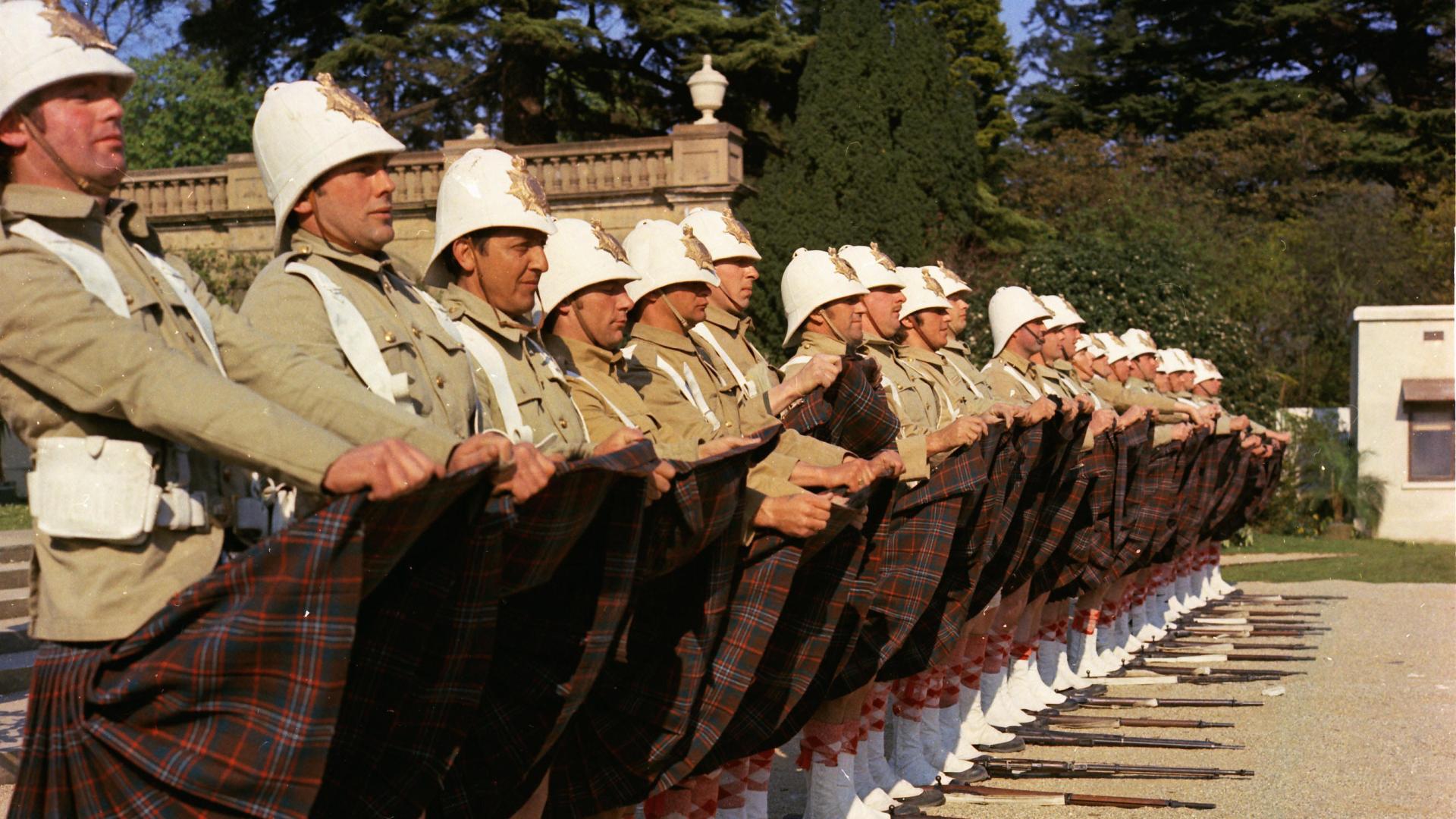
What Really Went On With Kilts During World War One?
The majority of the regimental lore we have focuses on the lads in kilts during the Great War. While the courage and toughness of the Highland regiments in that horrific conflict is undeniable, the facts about their kilt wearing are not clearly understood by most people. We did a whole article about the experiences of the kilted troops in WWI you can read.
Here are a few essential facts:
- Drawers were standard issue. Total quantities ordered on War Office contracts from 4 Aug 1914 to 31 Mar 1919 are:
Drawers, cotton, short 14,044,936 pairs
Drawers, woollen, short 1,228,621 pairs - Men did not wear kilts all the time. Most Highland units turned in their kilts during the winter and were given trousers to better deal with the damp cold. Meanwhile the kilts would be shipped home for delousing, cleaning and repair, then reissued in the spring.
- There is also anecdotal evidence that drawers were worn under the kilt because it was felt to be necessary protection from blistering agents (mustard gas). However the idea of “gas briefs” is no more reliable than the lore of the mirror check.
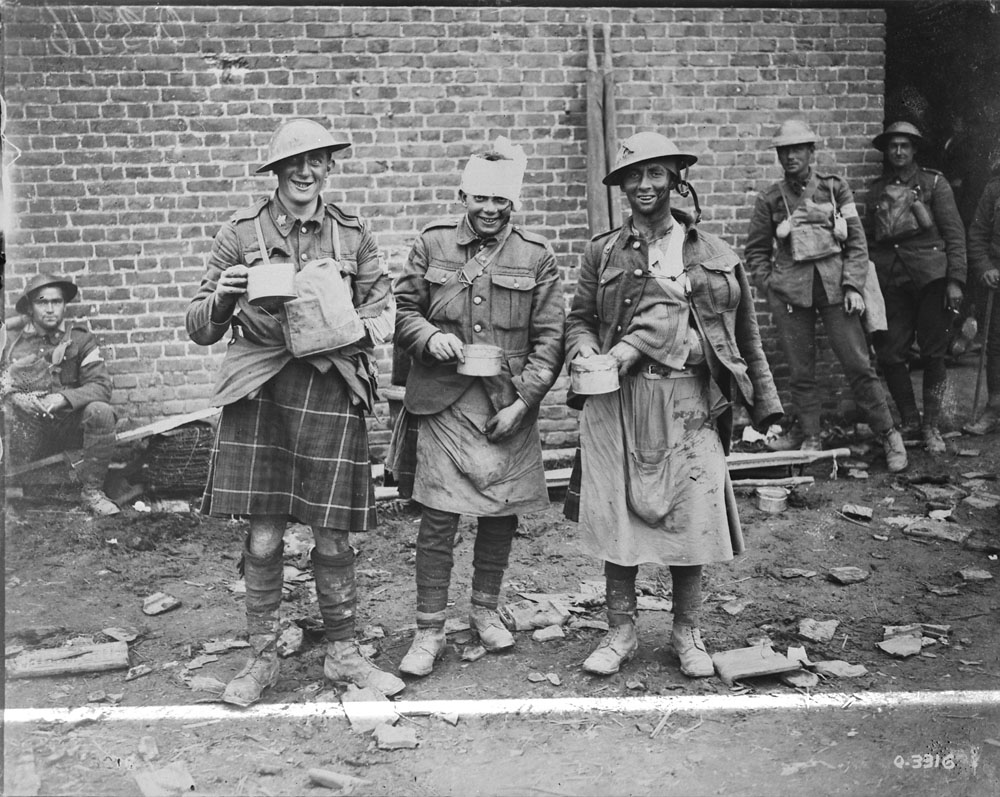
Modern Evidence Of Going Regimental?
Well…we do have a certain famous photograph! In 1997, a very obvious incident of “regimental gone wrong” occurred when blustery conditions during a military ceremony in Hong Kong resulted in a soldier of the Black Watch being exposed in front of the press.
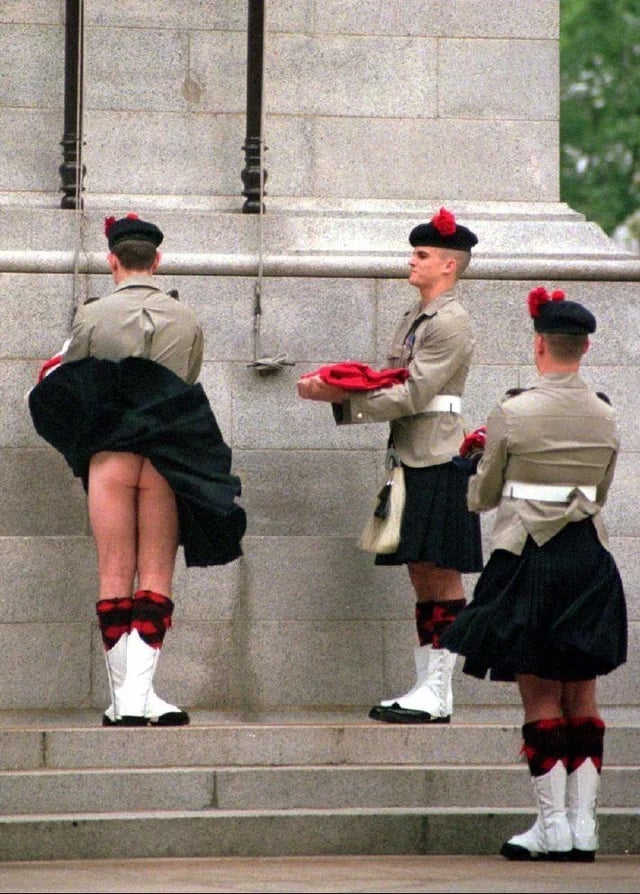
Was he following a regimental dictum to go commando or just doing so out of a personal sense of manliness? We simply don’t know. But the very clear evidence of this incident and other phots of parade ground woopsies seems to point to the custom being a part of regimental culture if not an actual written rule.
You may also recall the famous photo of a kilted officer exposing himself while seated next to Queen Elizabeth II back in 2004. Hate to break it to you but the lewd version of this image is a hoax. The officer was Col. Simon West of the 1st Battalion of the Argyll and Sutherland Highlanders. Looking at the UN-photoshopped image, it is still possible that West is regimental, but he just as well might be wearing black briefs.
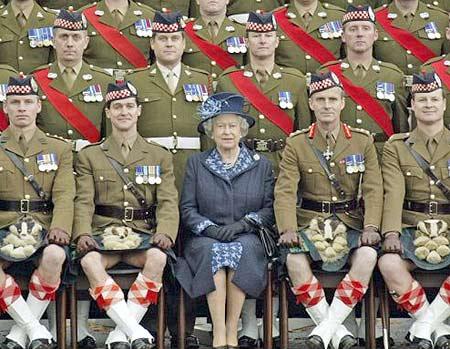
Is It Just A Cultural Thing?
If military men go regimental/commando under the kilt, it is almost certainly an unwritten code; a matter of tradition. In that scenario, not having it written down would be just as valid a part of the custom – a “needs to know basis” that adds to the mystique.
And it would be hard to argue the power such a custom could have on morale and camaraderie. There is also the possibility that the practice is a form of hazing. Making new recruits go regimental and then arranging an accident could be a rite of passage. This is pure speculation on our part of course.
There are some benefits to going regimental. Let’s look at those.
The Benefits of Going Regimental.
In addition to the bravado of wearing nothing under the kilt (and having the bragging rights if you can pout it that way) there are some nice side benefits:
- Ventilation. Many men feel regimental is just the natural way, even a core reason to wear the kilt at all. You’ll hear gents joke about how “nothing could be sweeter than the breeze upon your peter.” This is quite true in warm weather. Unlike trousers, kilts allow you to avoid “crotch rot”. However, you may want to consider the use of talcum powder or antichaffe depending on your body shape and chemistry, at least starting out. The more often you go regimental the more you will get used to it.
- Freedom of movement. Kilts offer amazing freedom of movement. Nuff said.
- Easy access. Not just for romantic purposes, mind you. Going regimental makes relieving yourself when nature calls very easy. Many hikers and backpackers consider this a huge benefit. Just be aware you might want a little extra bug spray down there.

The Benefits of Wearing Underwear Under the Kilt.
As we saw in that survey, wearing underwear was the choice of more than half the respondents. Why?
- Hygiene concerns. It seems these men simply feel cleaner if they are wearing underwear. That said, we here at USAK have observed that so long as you wash yourself properly like a grown-up you have little to worry about.
- Comfort. Some days underwear just feels right. Like if you find your kilt scratchy. Not many men we know complain about this much, but wool sensitivity IS a thing. Another factor is chafing from humidity, especially if you can’t move much for a long time like when driving. On a cold day, you may just want a bit more warmth down there.
- Modesty. If you are marching, dancing, doing sports or are on display (such as delivering a speech), a layer underneath is a smart move. Just in case. Even more so on a first date. This is a tactical decision based on preserving dignity and having respect for others.
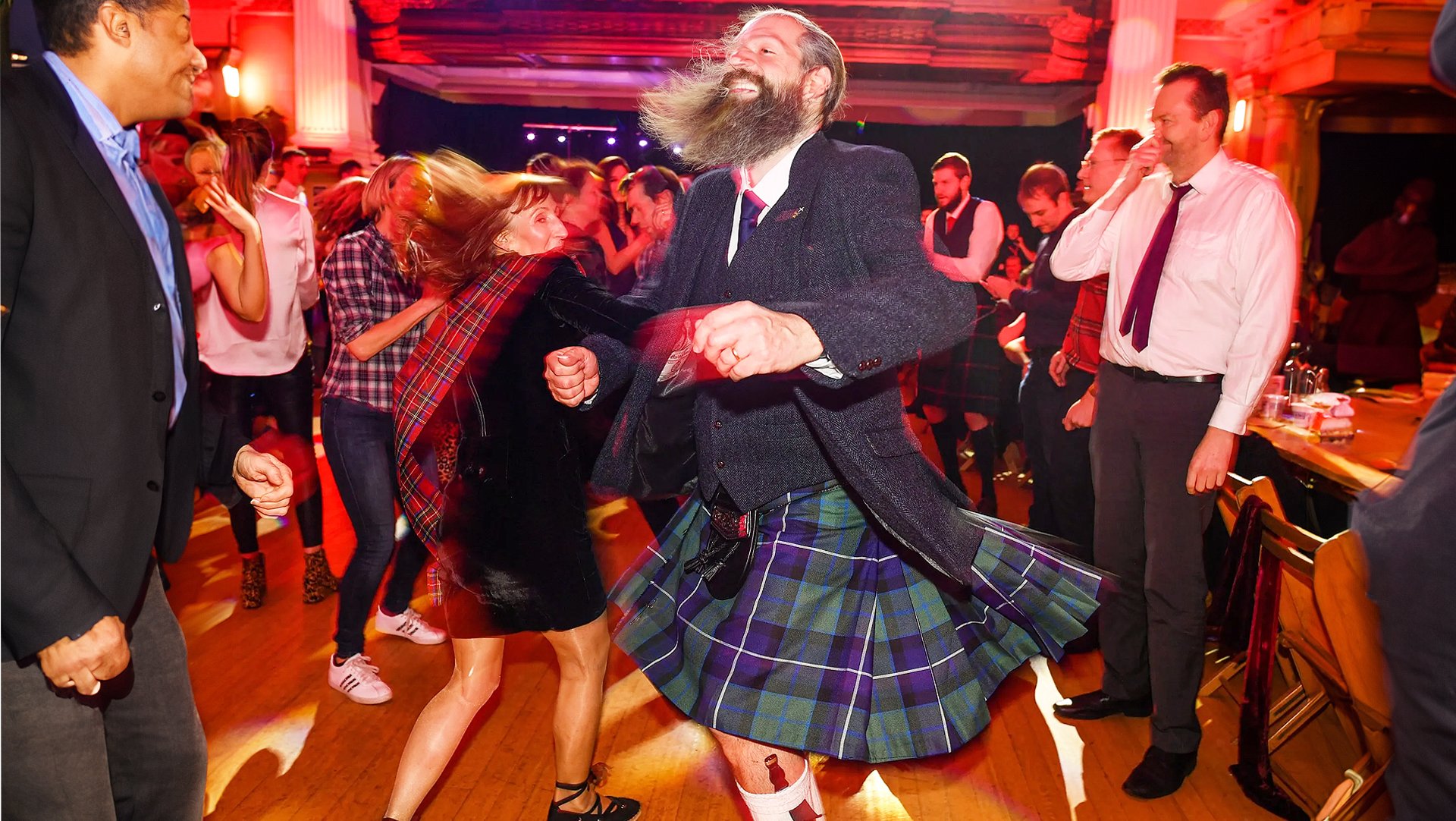
How Do You Choose Between Underwear and Going Regimental?
Here’s the secret - you don’t have to choose! At least, not as a commitment. Using underwear or not is an option every single day. So don’t over-think it.
If today going regimental feels good and gives you a boost in pride, confidence or a positive connection between your body and nature, go for it.
If tomorrow you have to go visit Grandma and all the couches in her house are really low….wear some briefs. We recommend black by the way. Much may be hidden in the shadows!
In the end, what you wear under the kilt should let you walk with pride, not self-consciousness. Whether you choose regimental or underwear, wear it because you want to—not because you feel you have to.

